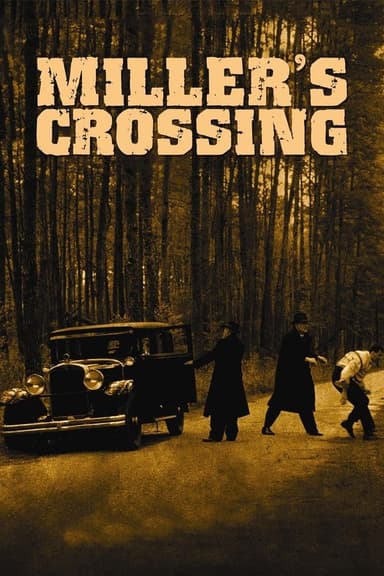
Jackie Brown
1997 • Crime, Drama, Thriller • R
Jackie Brown is a flight attendant who gets caught in the middle of smuggling cash into the country for her gunrunner boss. When the cops try to use Jackie to get to her boss, she hatches a plan — with help from a bail bondsman — to keep the money for herself.
Runtime: 2h 34m
Why you should read the novel
If you’re seeking a riveting tale of crime and deception, Elmore Leonard’s Rum Punch is a must-read. Through the author’s crisp prose and expert character work, the novel immerses you in a world where everyone plays an angle, and no one is quite what they seem. The tension and wit leap from every page, making for an addictive reading experience that’s as clever as it is compelling.
What's truly remarkable about Leonard’s writing is the way he crafts dialogue—each exchange reveals character depth and raises stakes with subtlety and flair. Reading the novel allows you to savor the nuances and personality quirks that might fly under the radar on screen. The book’s setting and tone shape a vibrant yet gritty atmosphere, painting a broader canvas of crime and ambition in South Florida.
Choosing the novel over the film also gives you access to richer internal monologues and backstory. You’ll get a deeper understanding of Jackie and the supporting cast, as well as a more intricate look at motives and personal stakes. For those who relish layered storytelling and masterfully written characters, Rum Punch offers a reward that extends far beyond what any adaptation can achieve.
Adaptation differences
One of the most significant differences between Jackie Brown and Rum Punch lies within the central character herself. In Leonard’s novel, Jackie Burke is a white stewardess, while Tarantino’s adaptation transforms her into Jackie Brown, a Black flight attendant played by Pam Grier. This shift not only adds a powerful layer of social context but also pays homage to 1970s blaxploitation cinema, influencing the film’s tone and cultural resonance.
The location has been changed as well. The novel is set in West Palm Beach, Florida, lending a sun-soaked, humid backdrop that’s characteristic of Leonard’s crime tales. Tarantino moves the action to Los Angeles, infusing the narrative with his own style and sensibility and creating a different kind of urban energy. This change of setting also influences supporting characters and the geography of the plot’s twists and turns.
Tarantino is known for his dialogue-heavy and nonlinear filmmaking style, and in Jackie Brown, he adapts Leonard’s already sparkling dialogue to fit his distinctive voice. While much of the core plot remains intact, several scenes are reimagined or expanded to develop the film’s particular mood and pacing. Moments of tension, humor, and even violence, are stretched or subdued to create a blend familiar to fans of the director, altering the rhythm and focus from the novel’s tighter narrative.
Character dynamics and portrayals are sometimes notably different. For example, Max Cherry, the bail bondsman, experiences a different emotional arc in the film compared to the book. Several supporting characters are more sharply drawn or given additional screen time in the film for greater dramatic impact. The conclusion of the story is handled with a slightly different tone, adjusting the sense of closure and character destiny between page and screen. The result is a faithful yet artistically distinct adaptation that stands apart from its richly textured source.
Jackie Brown inspired from
Rum Punch
by Elmore Leonard









